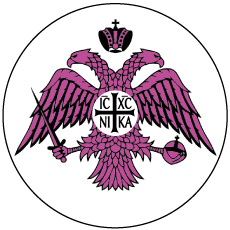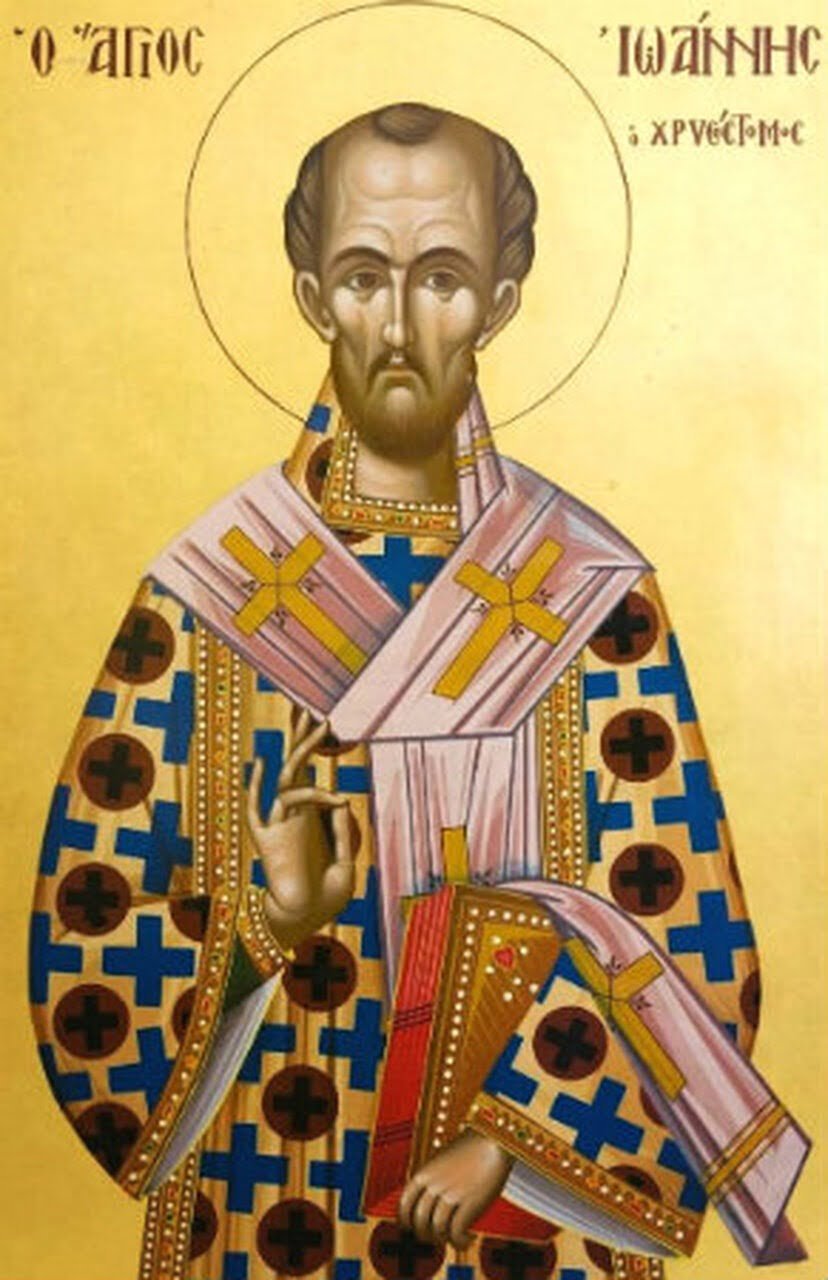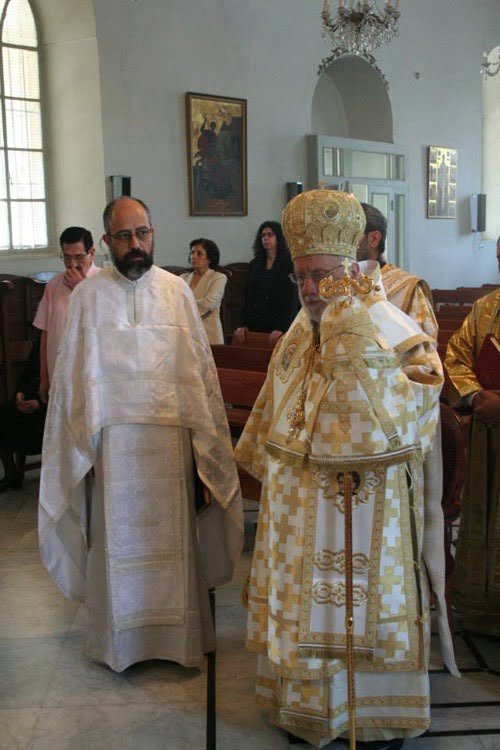Around the Presentation of the Lord in the Temple
After Christ’s circumcision on the eighth day, Mary awaited the day of her purification. Forty days after birth, she carried the newborn child to present him to God in the Temple according to the law.
Tradition says that every male child who opens the womb is called holy to the Lord.
This is based on what is stated in Exodus 13:
“Consecrate to me every firstborn among the children of Israel, whether human or animal, for it is mine… You shall present to the Lord every firstborn among the children of Israel, whether human or animal, for it is mine… You shall present to the Lord every firstborn among the children of Israel, and every firstborn among the animals that you own. The males belong to the Lord… Therefore I will sacrifice to the Lord the males of every firstborn among my children… But every firstborn donkey you shall redeem with a lamb. But if you do not redeem it, you shall break its neck. And every firstborn man among your children you shall redeem.”
Leviticus states that the ransom shall be a lamb. But if he cannot afford a lamb, he shall bring two turtledoves or two young pigeons to the Lord, one for a sin offering and the other for a burnt offering.
Every woman hoped that her child would be the Holy One, and therefore barrenness was a disgrace to women because it deprived them of the ability to offer a holy person to God.
All these laws were symbols fulfilled by Jesus alone. To the Virgin alone, the angel said, “The holy one to be born will be called the Son of God” (Luke 1:35).
Doves and pigeons also symbolized him: the dove, known for its loud noise, symbolized his proclamation of salvation and his voice that never fell silent, teaching the people and warning the arrogant. The dove symbolized his meekness, as he said, “I am meek and humble in heart.”
The Redeemer of humanity would be redeemed, according to the law, with two doves or two young pigeons, but that would not prevent him from being the only acceptable sacrifice to his heavenly Father. Simeon the Elder came to confirm this.
The true Holy of Holies, bearing the Word of God, and the Living Ark, which contained the Living Word within it, enter the Temple, which contains the Holy of Holies, and within the folds of its wooden ark, the Word of God engraved on the rock. The old temple receives the new temple in the form of a baby, and Simeon the Elder comes to witness that this baby’s body will be destroyed and rise glorified on the third day. Simeon is amazed by what he sees through the revelation of the Holy Spirit.
Who was Simeon the Elder?
The story of Simeon the Elder, as related in church tradition, is that he was one of the seventy-two Jewish elders whom Ptolemy II commissioned to translate the Torah into Greek to enrich his library in Alexandria, which became known as the Septuagint. It is said that while translating Isaiah 7:14, Simeon translated the Hebrew word “alma” as “virgin.” When he doubted and wanted to replace it with “girl or young woman,” an angel of the Lord appeared to him and assured him that he would not depart this life until he had seen this Virgin Child. The translation into the Septuagint was completed in 100 BC. Simeon’s age would have been at least 170 years, and he was thus content with this life, as if imprisoned, awaiting God’s release from his mortal body. Therefore, his words were in a way not found in the words of eighty- or ninety-year-olds, who rejoice when they are prayed for a long life.
![]()
So he blessed God and said, “Now, O Lord, you are letting your servant depart in peace, according to your word. For my eyes have seen your salvation, which you have prepared before the face of all peoples, a light for revelation to the Gentiles and glory to your people Israel.” A rich and meaningful sentence, it has become our favorite prayer in our Orthodox Church at every Vespers.
What did Simeon see in the Holy Spirit to say all this?
Of course, he didn’t see a child among a group of forty-day-old children being presented to the temple as they do every day.
He saw salvation before the eyes of all peoples: “all peoples” refers to the peoples who have passed, those present, and those to come.
He saw that the salvation brought by this child was not a salvation for the Jews from the nations, but rather a light proclaiming salvation for all nations and glory for God’s new people, Israel.
He saw the cross and the redemption achieved for all peoples. He saw Christ’s descent into hell and the salvation of the captives from the ancient nations on that great Sabbath, as if he saw himself with them in hell when the Lord descended to it with His power.
He also saw the Virgin Mary and the sword of sorrow piercing through her soul. Therefore, Simeon said to his mother Mary, “Behold, this child is set for the fall and rising of many in Israel, and for a sign to be opposed (or a target for opposition, according to another translation). And a sword will pierce through your own soul, that thoughts from many hearts may be revealed.”
Isn’t the cross the invincible sign of Christ? Isn’t the sign of the cross the deadly wound of the demons?
Isn’t the cross foolishness to those who are perishing, resisted, broken, and despised to this day?
Isn’t the cross a stumbling block to the Jews (let him come down from the cross now so that we may believe in him) and foolishness to the Gentiles (no one will rise from the dead)?
Isn’t the cross a sign of victory that is irresistible to those who know it?
Isn’t the crucified Christ the target of all resistance to the gospel to this day?
Isn’t Christ “the chosen and precious cornerstone, whom the Father has set in Zion, so that whoever believes in him will not be put to shame” (Romans 2:9), and “if he falls on the unbeliever, he will crush him; but if the unbeliever falls on him, he will be broken” (Luke 20:18).
And what else did Simeon see to add to the prophecy, “A sword will pierce through your soul”: “so that thoughts of many hearts may be revealed.”
What did he mean by the thoughts that will be revealed, and whose hearts?
The priests, along with the scribes and Pharisees, who pretend to observe the law and be zealous for the law, are now before God, and through the testimony of Saint Mary, their inner truth is exposed, and their false hypocrisy is revealed. They are disgraced in the eyes of Pilate, “for he knew that the chief priests had handed him over for envy” (Mark 15:10).
At the same time, the rich Joseph of Arimathea dares to go to Pilate and demand the body of Jesus, the one whose title was “King of the Jews,” that is, the king who had placed himself before Caesar. The punishment for anyone who confessed to the crime was the same as the one who committed it. Yet he did not hesitate to reveal the love and reverence for the Lord that was in his heart. Nicodemus understood and saw with his own eyes, from Jesus’ prayer in Psalm 22, “My God, my God, why have you forsaken me?” that he was the one prophesied by David when he said in the same psalm, “They pierced my hands and my feet, and for my clothing they cast lots.” He overcame his fear of the Jews and revealed the love and respect in his heart for Jesus. He brought spices and came forward with Joseph of Arimathea. They shrouded the body, not ashamed of it and not afraid of either the Jews or Caesar’s henchmen.
The thief on the right cried out, “Lord, remember me when you come into your kingdom!”
The thief on the left stumbled from the cross and publicly revealed the blasphemy in his heart.
Peter denied it, but he wept bitterly because the Lord had prayed for him so that faith would not fail him.
The disciples dispersed.
John, however, remained close to his Master, even to the high priest’s house, as if revealing the love in his heart for the One he loved. He also remained by Mary’s side until the end, near the cross. It was as if all of this was present to Simeon the Elder when the Lord summoned him to see the salvation prepared since the foundation of the world.
Glory be to Him who revealed Himself and the great day of His salvation to that Elder on this day, the day of his entry (not his introduction) into the Temple.
And glory be to Him who made the sword that one day pierced the soul of the Virgin an eternal revealer of what is in the hearts of all mankind. Amen.
+Father Mansour Azar





